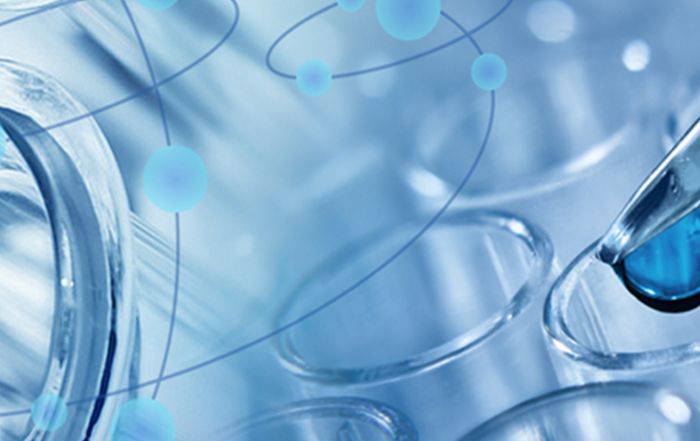Sodium hydrosulfide (NaHS), an inorganic compound, is usually a colorless or pale yellow solid in flake or crystalline form. It’s highly deliquescent, readily dissolves in water to form an alkaline solution, has reducing properties, reacts with acids to release hydrogen sulfide gas, and decomposes upon heating. Widely used in the chemical industry, such as in organic synthesis for introducing sulfur, preparing inorganic sulfides, mineral processing to enhance purity, and wastewater treatment to remove heavy metals, here’s how to convert solid NaHS into liquid and the precautions to take:
I. Preparation
01 Raw Material Selection
1. High Purity: High-purity NaHS better meets the demands of high-end fields like fine chemical industry, medicine, and electronics. It minimizes impurity interference in reactions and boosts product quality.
Sulfur Content: A minimum of 60% sulfur is required. As a key element in NaHS, sulfur’s content directly impacts product quality and yield in organic synthesis.
2. Impurity Content
Alkali Metal Impurities: Lower sodium, potassium, etc., content is better. These impurities can affect product stability and performance in applications like electronics.
Sulfur Compound Impurities: Strictly control impurities like sodium sulfide and sodium thiosulfate. In organic synthesis, they can cause side reactions, reducing target product yield and purity. For instance, in top – grade NaHS, sodium sulfide content should be ≤1.0%, and for first – grade and qualified products, ≤3.0%.
Heavy Metal Impurities: Heavy metals like lead, cadmium, and mercury must be extremely low (measured in ppm). They can affect product quality and harm the environment and health. For example, in top – grade products, iron content should be ≤15ppm, first – grade ≤20ppm, and qualified products ≤30ppm.
Water – insoluble Impurities: Lower water – insoluble content is better (≤0.005%). It can affect NaHS’s water solubility and utilization in reactions.
4. Physical Properties
Appearance: Solid NaHS is typically colorless or pale yellow flakes or crystals. Abnormal colors may indicate high impurity content.
Melting and Boiling Points: Melting point is around 52℃ – 54℃, decomposition temperature around 350℃. These can serve as reference for storage and transportation.
Hygroscopicity: Being highly hygroscopic, check if the packaging is well – sealed to prevent moisture – induced degradation during storage and transportation.
5. Performance Parameters
Stability: Choose stable NaHS that can maintain its chemical and physical properties under normal storage conditions (room temperature, pressure, light – proof, sealed) to ensure reliability and safety in various applications.
Particle Size Uniformity: Uniform particle size ensures better uniformity and consistency in dissolution and reactions, facilitating process control and product quality stability.
6. Supplier Reputation
Choose a reputable supplier. They can provide reliable quality, after – sales service, detailed quality reports, and technical support to ensure the solid NaHS meets standards.
II. Operational Steps
1. Dissolution: Slowly add solid NaHS to a reactor, then add an appropriate solvent. Start stirring to fully dissolve the solid. Adjust stirring speed to prevent splashing while ensuring thorough mixing.
2. Heating: Heat the solution as needed, controlling the heating rate to avoid boiling or splashing. The temperature is generally around 40℃ – 60℃, such as in the primary gas – cleaning device in a one – step NaHS preparation method.
3. Reaction: If required, adjust the NaHS concentration or composition by introducing hydrogen sulfide gas or adding other reactants under heating and stirring. Monitor pH and temperature to ensure the reaction proceeds as planned until the desired extent is reached.
4. Filtration: After the reaction, stop gas introduction or adding reactants. Allow the solution to settle, then use filtration equipment to remove precipitates and obtain a clear NaHS liquid.
5. Cooling Crystallization: If needed, cool the liquid to improve NaHS concentration and purity by precipitating excess water and impurities. Control cooling speed to avoid poor crystal quality or incomplete crystallization.
6. Separation and Purification: Use centrifugation, filtration, etc., to separate crystallized NaHS from the mother liquor. Further process the mother liquor, such as recovering useful components or concentrating it for recycling.



